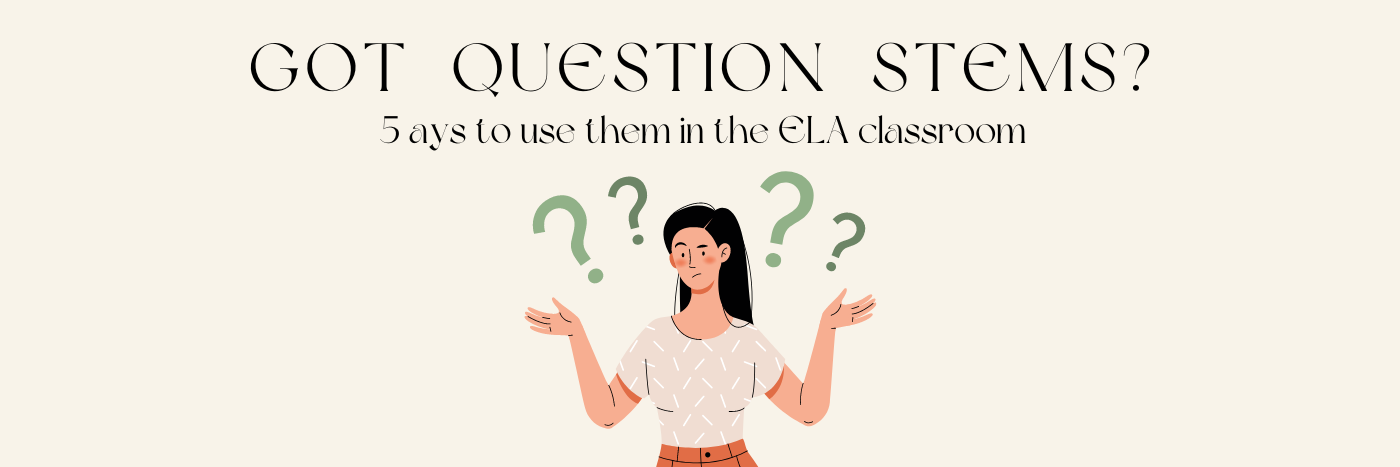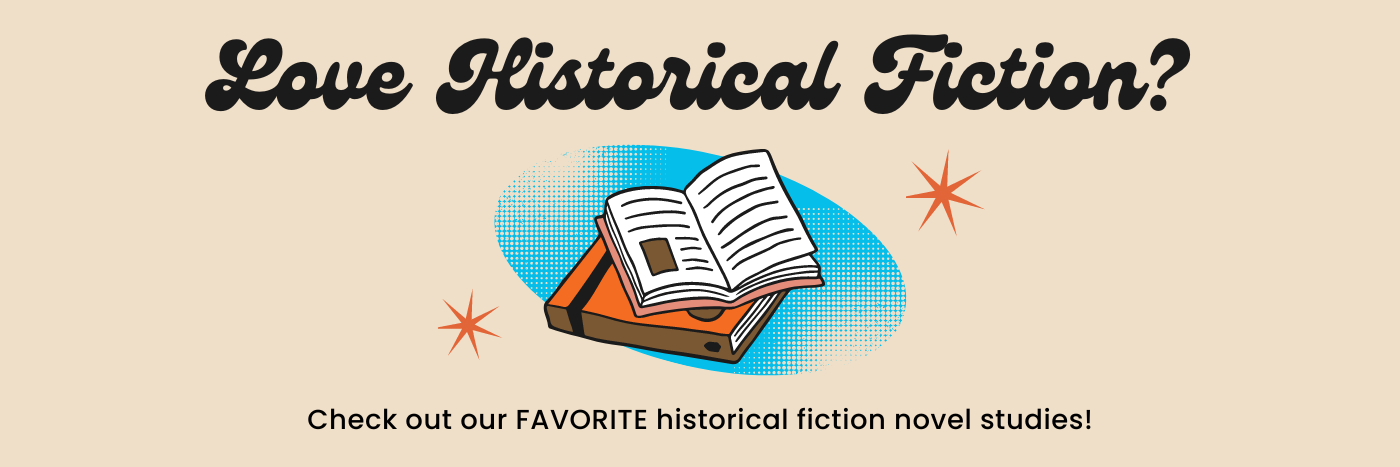
The Peacemaker by Joseph Bruchac – Book Review
 |
Title: The Peacemaker Author: Joseph Bruchac Publisher: Dial Books Release Date: October 27, 2020 |
The five tribes of the Iroquois have been embroiled in an endless cycle of raiding, war, and death. Nowhere is safe, and when twelve-year-old Okwaho and his best friend go fishing, they are captured by a neighboring tribe. Although Okwaho escapes, the pain and anger of losing his best friend consumes him until vengeance seems like the only remedy. However, a mysterious and captivating figure arrives, bringing a message and plan for peace. Okwaho, his village, and the rest of the Iroquois tribes must decide whether to put down their weapons and replace their thirst for revenge or continue the cycle of war that risks the destruction of their people.
Joseph Bruchac retells the story of Iroquois Confederacy’s creation in The Peacemaker. The author’s inclusion of numerous stories and folktales helps emphasize important themes and develop other literary elements. The telling is not overly dramatic or action-packed, but this natural ebb and flow is not a shortcoming. Instead, it immerses the reader in the time period. Told through the eyes of a young person, readers learn how feelings of anger and revenge fuel the vicious cycle of war. However, an alternative always exists. Through song, storytelling, or a messenger of hope, there are constant messages that peace is possible. The underlying idea about a person being able to choose to bring it about is powerful. Many a reader may find that The Peacemaker not only brings peace to the Iroquois people, but it may just bring some peace to them as well. It is an important tale; it is a real story; and it surely resonates today.
The Peacemaker would be an excellent novel to teach in conjunction with a nonfiction study of First Nations in North America prior to and after the arrival of Europeans. The Iroquois Confederacy’s accomplishments and the subsequent maltreatment of them by the European colonists would only serve to underscore those incredible accomplishments. It would also highlight not only the importance of peace but also its fragility. Such a cross-curricular experience would draw out important lessons and effectively put them in history’s broader context for students.
Thank you to Edelweiss+ and publisher, Dial Books, for an eARC of this book.
Classroom Applications
- Cross-Curricular Study – Teach the novel in conjunction with a nonfiction study of the history of First Nations in North America, especially prior to the arrival of Europeans.
- Literature Circles – Use novel for small groups or choice reading with a variety of books about First Nations of North America in a range of settings across centuries.
Nonfiction Connections
The list below outlines topics that will enrich your students’ understanding of the novel.
- The Iroquois Confederacy
- History of the Six Great Nations of the Iroquois
- History of Democracy
- Great Law of Peace and the U.S. Constitution
Book Companions
The following are great books to pair with The Peacemaker. In parenthesis are the specific aspects students could explore when synthesizing across the texts.
- I Can Make This Promise by Christine Day (Themes, Nonfiction Connection)
- Indian No More by Charlene Willing McManis and Traci Sorell (Themes, Nonfiction Connection)
- I Am Not a Number by Jenny Kay Dupuis and Kathy Kacer (Themes, Nonfiction Connection)
- The Absolutely True Diary of a Part-Time Indian by Sherman Alexie (Young Adult – Themes, Nonfiction Connection)
*LIT Lessons participates in the Amazon Associate Program and earns a fee from qualifying purchases made on the Amazon.com site.
More Blog Posts
It’s time for the annual LIT Lessons Novel Study Giveaway! Year-over-year students grow and change, and those changes are often most pronounced when a new school year begins. It’s a fresh start and a restart. The message of Restart by Gordon Korman captures the spirit of new beginnings, evolving identity, and the universal experience of growing older.
Many ELA question stem resources provide vague sentence starters or surface level prompts to encourage students to engage with a text. Oftentimes, these resources lack true depth and rigor, which means students are not being adequately challenged to critically think about a text.
Middle grades historical fiction novels have come a long way from the books available ‘decades’ ago. In fact, this growing genre is now bursting with fantastic, inspiring, and insightful novels. It comes as no surprise that these books are finding their way into middle school ELA curricula…





